The Quechua coloring you are speaking of is a color in many breeds of chickens. The muffs and beards are dominant, so is the coloring. That coloring is seen in many game fowl and many many chicken breeds, such as the brown leghorn. Just go to a poultry show and look at all the hens. Just because your EE displays the coloring does not make it a Quechua. It is another example of trying to make your bird something it is not. Since the coloring is dominant and the blue eggs are dominant, and the muffs and beard are dominant, it is very easy to breed EE's with other breeds and still come up with something that resembles an EE. That is pretty much why so many people are confused.
If you did research on the Quechua, you would also see that they were a bantam sized bird and many had small crests. Most also had smaller beards and muffs than what we see today. They usually laid a tan egg. Kermits article points out the the Modern Quechua is different than the original Quechua in many respects. Other breeds were used to improve the strains. But the basic type visually has prevailed. You should really read Kermit Blackwoods articles about the different breeds and not just pick out the parts that you think apply. He has written quite a few.
I have EEs. I love them. While mine have similar coloring to the Quechua hens, the Brown Leghorn hens, the BBR hens of various breeds, I don't claim that they are decended from any of them. My EEs are fairly big birds, with huge beards and muffs. One lays a big brown egg, which would actually be closer to the color the Quechua were thought to lay. Several lay green eggs, and a couple lay blue eggs. My birds actually resemble the Favorelle except for the coloring and the feathered legs, but there not. They do have the winter face like the Favorelle though.
All the irritation, I think stems from the fact that people don't like to be made a fool of. They buy birds that were supposed to be one thing and then turn out to be another, so then they try to make them be something more important. They are chickens, which for the most part, all chickens are just mutts. Now when you can get your chicken mutts to breed exactly the same every time then you can move towards calling them a breed which the ameraucana club has done.
I would suggest if you think you have a Quechua you got from a hatchery, post a photo to the thread. He is can point out the finer details and let you know. Just as with the Araucana, the ameraucana, and the EE, there are little details that set them apart.
Lanae
Lanae







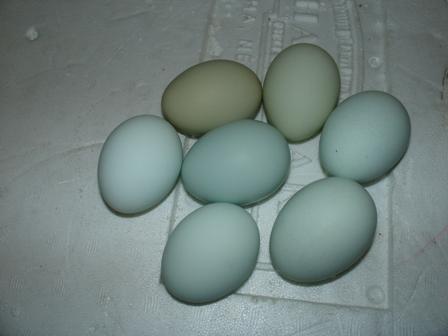
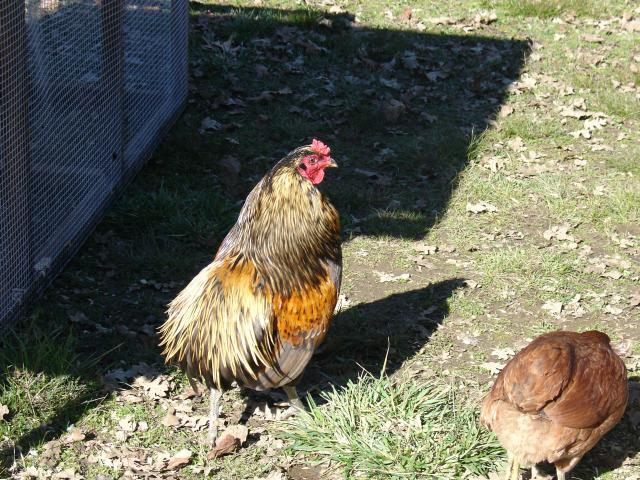
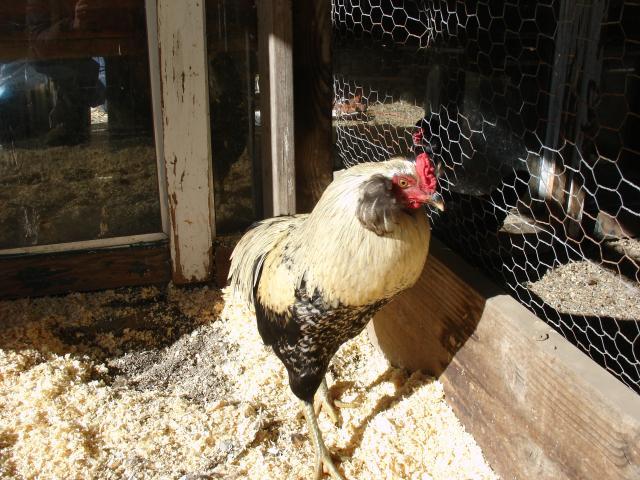
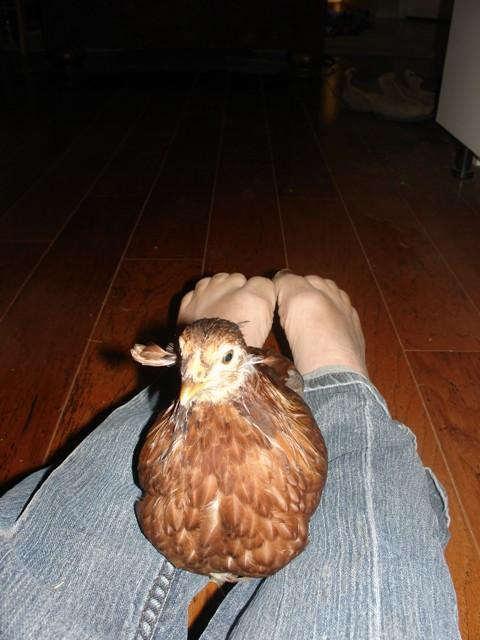

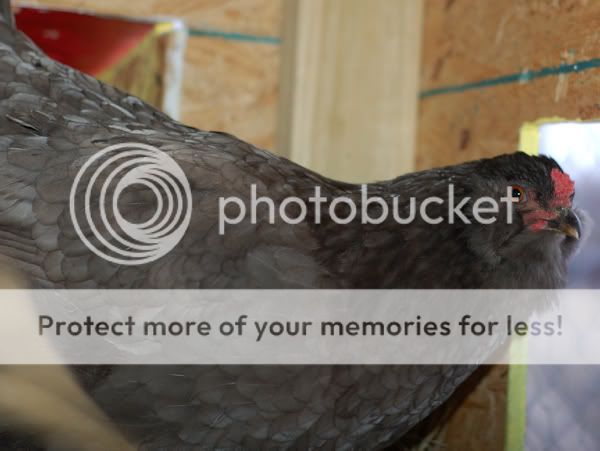
 Sold as Ameraucana, but I knew they werent and they were only $1.25 each lol!)
Sold as Ameraucana, but I knew they werent and they were only $1.25 each lol!)





